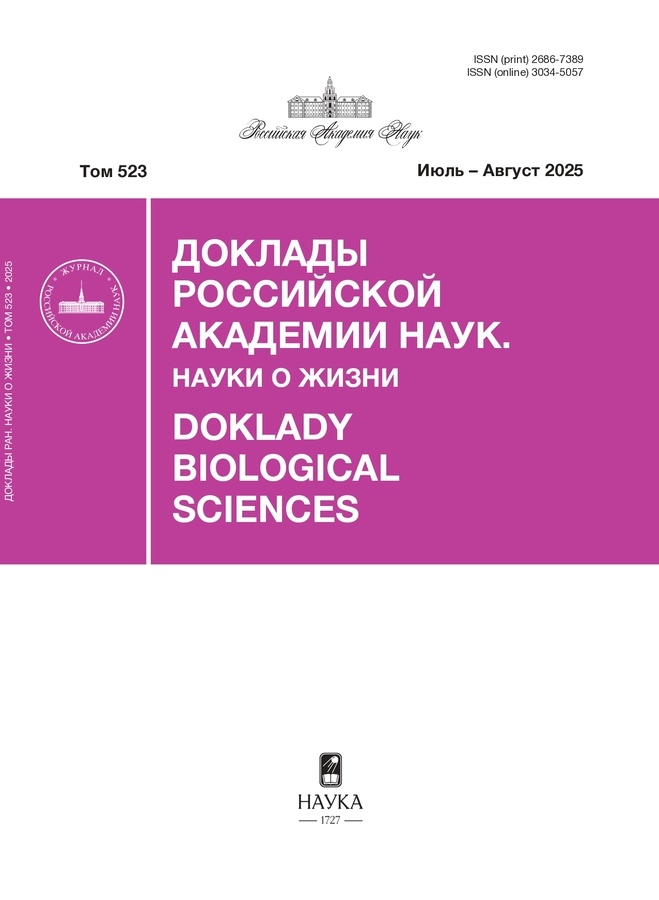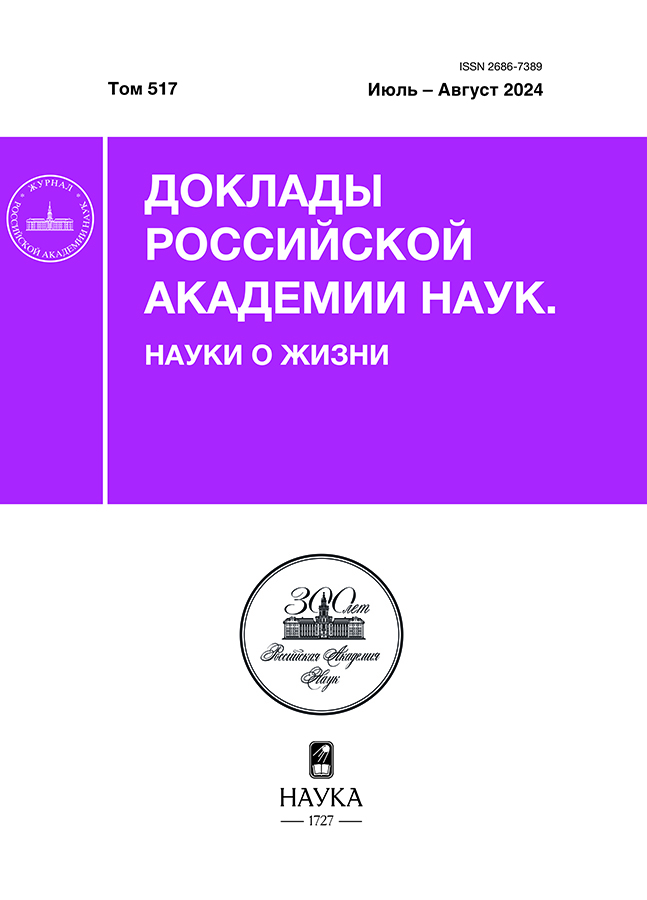Находки черепов ювенильных особей Kurdalagonus maicopicus (Сetacea, Cetotheriidae) в верхнем миоцене Республики Адыгея
- Авторы: Тарасенко К.К.1
-
Учреждения:
- Палеонтологический институт им. А.А. Борисяка Российской академии наук
- Выпуск: Том 517, № 1 (2024)
- Страницы: 15-19
- Раздел: Статьи
- URL: https://cijournal.ru/2686-7389/article/view/651410
- DOI: https://doi.org/10.31857/S2686738924040027
- ID: 651410
Цитировать
Полный текст
Аннотация
Из местонахождения Фортепьянка 2 (Россия, Республика Адыгея, Майкопский р-н, долина р. Фортепьянки, верхний миоцен, верхний сармат, блиновская свита) описаны фрагменты двух черепов молодых цетотериевых усатых китов. На основании морфологии заднего (сосцевидного) отростка каменистой кости, строения заднего края височного окна, S-образной формы верхнезатылочных гребней находки отнесены к Kurdalagonus maicopicus (Spasskii, 1951). Пропорции черепа, степень зарастания швов черепа позволили установить индивидуальный возраст этих китов в пределах года. Новые находки существенно дополняют данные о строении швов боковой стенки черепа и возрастной изменчивости краниальной морфологии у представителей рода Kurdalagonus.
Ключевые слова
Полный текст
Об авторах
К. К. Тарасенко
Палеонтологический институт им. А.А. Борисяка Российской академии наук
Автор, ответственный за переписку.
Email: tarasenkokk@gmail.com
Россия, Москва
Список литературы
- Тарасенко К.К., Лопатин А.В. Новые роды усатых китов (Cetacea, Mammalia) из миоцена Северного Кавказа и Предкавказья: 1. Kurdalagonus gen.nov. из среднего-позднего сармата Адыгеи // Палеонтол. журн. 2012. №5. С. 86–98.
- Вислобокова И.А., Тарасенко К.К. Находки жвачных (Artiodactyla, Ruminantia) и новые данные по стратиграфии позднемиоценового местонахождения (Фортепьянка 2 Северный Кавказ, Республика Адыгея) // Палеонтол. журн. 2019. №6. С. 105–110.
- Tesakov F.S., Titov V.V., Simakova A.N. et al. Late Miocene (Early Turolian) vertebrate faunas and associated biotic record of the northern Caucasus: geology, taxonomy, palaeoenvironment, biochronology // Fossil imprint. 2014. V.73. №3–4. P. 383–444.
- Tarasenko K.K. A new finding of a perinate baleen whale (MAMMALIA: CETACEA) from locality Fortep’yanka 2 (Republique Adygea, Russia) // XVI Annual Meeting of the European Association of Vertebrate Palaeontology. Caparica, 2018. P. 184.
- Brandt J.F. // Bull. Acad. Imp. Sci. St. Petersb. Cl.Phys.-Math. 1843. Ser. 2. V. 1. No 10–12. P. 145–148.
- Gol’din P., Startsev D., Krakhmalnaya T. The Anatomy of the Late Miocene Baleen Whale Cetotherium riabinini from Ukraine // Acta Palaeontol. Pol. 2014. V. 59. No 4. P. 795–814.
- Gol’din P.E., Startsev D.B. Brandtocetus, a New Genus of Baleen Whales (Cetacea, Cetotheriidae) from the Late Miocene of Crimea, Ukraine // Journ. Vertebr. Paleontol. 2014. V. 34. No 2. P. 419–433.
- Мчедлидзе Г.А. Ископаемый кит из миоценовых отложений окрестностей станицы Отрадная. Мецниереба. Тбилиси. 1984. 65 с.
- Lanzetti A., Berta A., Ekdale E. Prenatal development of the humpback whale: growth rate, tooth loss and skull shape changes in an evolutionary framework // The Anatomical Record. 2018. № 22. P. 180–204.
- Walsh B.M., Berta A. Occipital ossification of balaenopteroid mysticetes // Anat Rec. 2011. №294. P. 391–398.
- Laws R.M. The foetal growth rates of whales with special reference to the fin whale, Balaenoptera physalus // Linn. Discov Reports. 1959. №29. P. 281–308.
- Томилин А.Г. Китообразные фауны морей СССР. Москва: Издательство академии наук СССР,1962. – 218 с.
- Frazer J.F.D., Huggett A.S.G. Specific foetal growth rates of cetaceans // J Zool. 1973. №169. P. 111–126.
- Don E. Wilson & DeeAnn M. Reeder (editors). Mammal Species of the World. A Taxonomic and Geographic Reference (3rd ed). Johns Hopkins University Press. 2. 2005. 142 p.
- Wilson D.E., Mittermeier R.A. (chief editors): Handbook of the Mammals of the World. Vol. 4. Sea Mammals, Lynx Edicions, Barcelona. 2014. 614 p.
Дополнительные файлы

Примечание
Представлено академиком РАН А.В. Лопатиным














